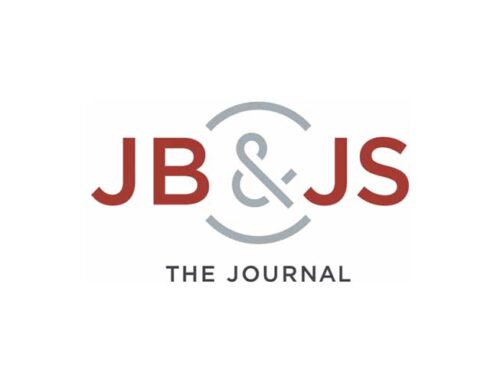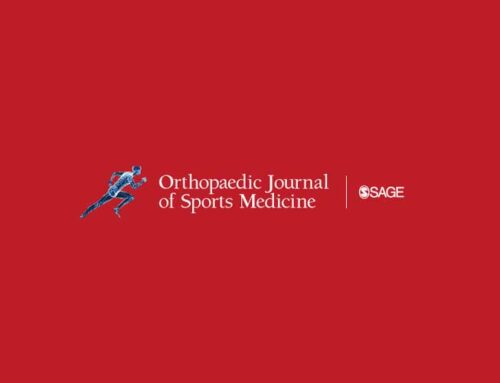BACKGROUND:
Minimal clinically important difference (MCID) defines the minimum degree of quantifiable outcome improvement that a patient perceives as the result of an intervention or in the process of healing. Substantial clinical benefit (SCB) defines the amount of quantifiable outcome improvement that is needed for a patient to feel substantially better. Little is known about when clinically significant outcome improvement is achieved.
PURPOSE:
To investigate the time-dependent nature of MCID and SCB after hip arthroscopy for femoroacetabular impingement (FAI).
STUDY DESIGN:
Cohort study; Level of evidence, 2.
METHODS:
An institutional hip preservation registry was queried. The modified Harris Hip Score, Hip Outcome Score, and 33-item International Hip Outcome Tool (iHOT-33) were administered to patients undergoing hip arthroscopy for FAI. Follow-up times for outcome measures were classified into 3 periods: 5 to 11 months (6 months), 12 to 23 months (1 year), and 24 to 35 months (2 years). Cumulative probabilities for achieving MCID and SCB were calculated with Kaplan-Meier survival curve analysis and interval censoring. A Weibull parametric regression analysis evaluated the odds of achieving earlier MCID.
RESULTS:
A total of 719 patients undergoing primary hip arthroscopy were included. The mean ± SD age was 32.5 ± 10.5 years, and the majority were female (n = 380, 52.9%). Across all 4 outcome instruments, patients had the highest probability for achieving MCID and SCB by the 6-month postoperative period. The iHOT-33 demonstrated the highest probability for capturing MCID and SCB improvement at each of the 3 periods, with 76.0%, 84.8%, and 93.6% achieving MCID by 6 months, 1 year, and 2 years, respectively. Similarly, the probabilities of achieving SCB on the iHOT-33 were as follows: 57.1%, 68.0%, and 71.7%. A similar trend was demonstrated across other outcome tools. Older male patients and those with Outerbridge classification 1 to 4 (vs grade 0) had a significantly increased risk for taking a longer time to achieve MCID and SCB. Additionally, patients with higher preoperative outcome scores took a longer time to achieve MCID and SCB.
CONCLUSION:
At least half of patients treated with hip arthroscopy for FAI achieve MCID and SCB within the first 6 months after the procedure. However, clinically significant outcome improvement continues to be attained until 2 years postoperatively. Female patients, younger individuals, and those without chondral defects achieve faster clinical outcome improvement. These findings can be helpful for establishing shared decision-making aids and follow-up guidelines for arthroscopic treatment of FAI.



